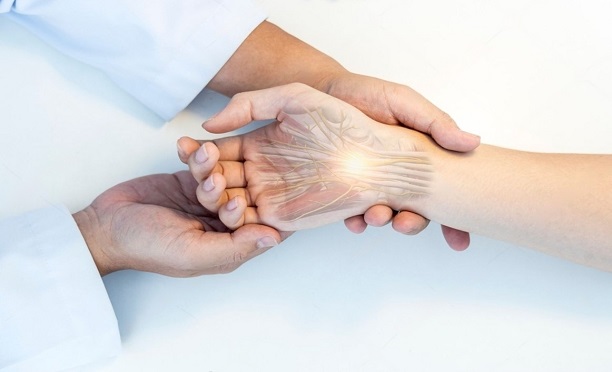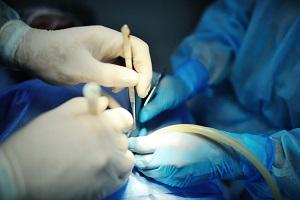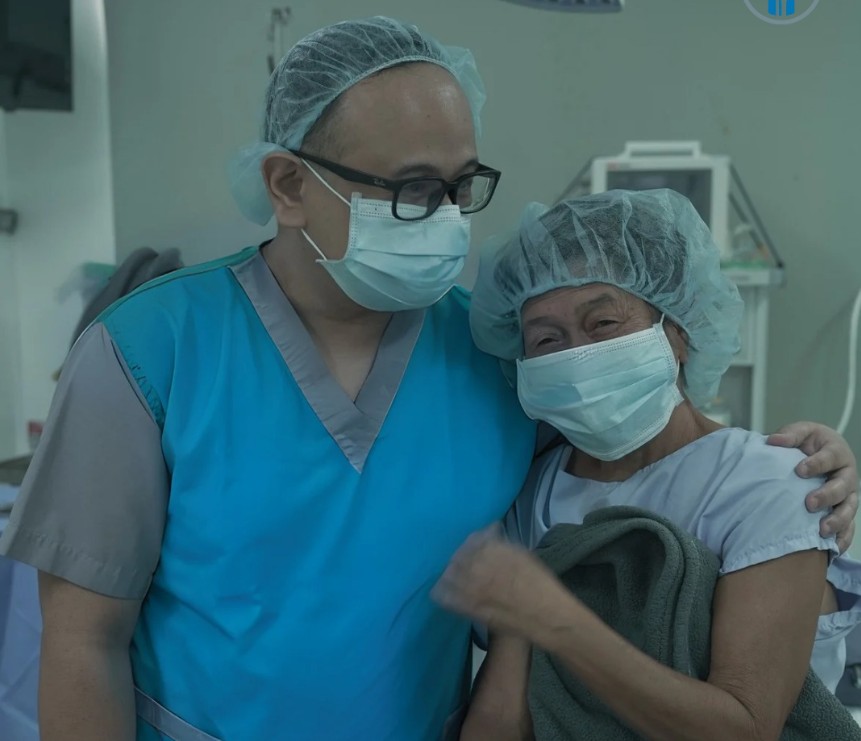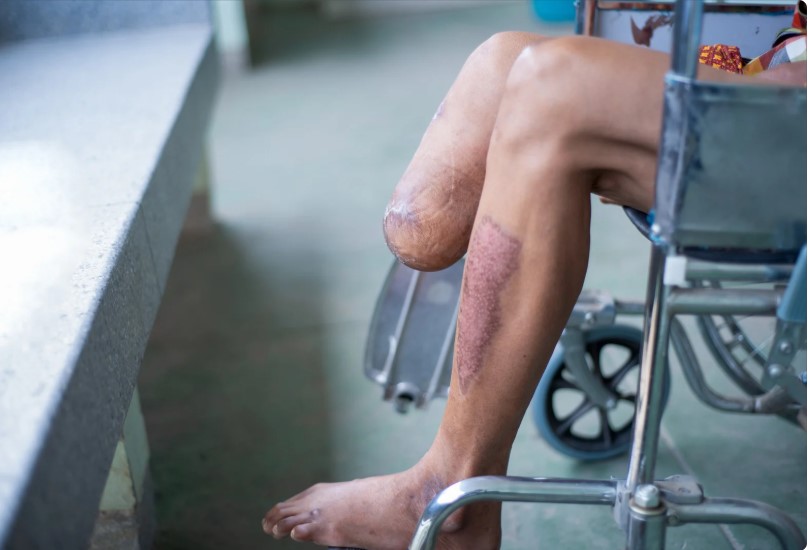Hand pain that interferes with daily activities is more than just an inconvenience—it can be a serious condition that demands professional medical care. One of the most common causes of hand dysfunction is trigger finger, a condition that causes discomfort, stiffness, and the inability to straighten your finger smoothly. If you’re experiencing these symptoms, consulting a trigger finger doctor could be the key to restoring your quality of life.
What Is Trigger Finger and Why It Shouldn’t Be Ignored
Trigger finger, medically known as stenosing tenosynovitis, is a condition where one of your fingers gets stuck in a bent position. The finger may straighten with a snap—like a trigger being pulled and released. It’s caused by inflammation that narrows the sheath surrounding the tendon in the affected finger.
The early symptoms can be subtle, such as mild discomfort or stiffness, especially in the morning. However, without proper intervention from a qualified trigger finger doctor, the condition can worsen, eventually locking the finger in a bent position.
The root causes of trigger finger vary. Repetitive gripping motions, heavy use of handheld tools, diabetes, rheumatoid arthritis, or prolonged inflammation can all contribute to the condition. While it may seem minor at first, trigger finger can significantly affect hand functionality over time if not addressed properly.
When to See a Trigger Finger Doctor
Many people try to ignore the early signs of hand pain, hoping it will go away on its own. But knowing when to consult a trigger finger doctor is crucial to preventing long-term damage. Common warning signs include:
- Finger stiffness or pain, especially upon waking
- A popping or clicking sensation when moving the finger
- A finger that catches or locks in a bent position
- Swelling or a small bump (nodule) at the base of the affected finger
If you find yourself unable to perform everyday tasks like typing, cooking, or holding a pen, it’s time to schedule an appointment with a trigger finger doctor. Early intervention can often prevent the need for surgical treatment and help restore full hand mobility.
How a Trigger Finger Doctor Diagnoses the Condition
A skilled trigger finger doctor begins diagnosis through a thorough physical examination. You’ll be asked about your symptoms, hand use, medical history, and lifestyle. The doctor will assess the range of motion in your hand and feel for any bumps or catching sensations in the tendons.
While imaging tests like X-rays or ultrasounds aren’t typically necessary, they may be used to rule out other causes of pain such as fractures, arthritis, or soft tissue injuries. What sets a specialized trigger finger doctor apart is their focused expertise in hand anatomy and conditions, allowing them to diagnose accurately and promptly.
Non-Surgical Treatment Options Offered by a Trigger Finger Doctor
Not all cases of trigger finger require surgery. In fact, many patients experience full recovery with conservative treatment options. A reputable trigger finger doctor will usually begin with non-invasive solutions such as:
- Rest and Activity Modification: Reducing repetitive hand movements gives tendons time to heal.
- Anti-Inflammatory Medications: NSAIDs like ibuprofen can reduce swelling and pain.
- Splinting: Wearing a splint to keep the finger extended can help reduce inflammation and encourage healing, especially during sleep.
- Physical Therapy: Gentle stretching and strengthening exercises under professional guidance improve mobility and reduce tension in the affected tendon.
- Corticosteroid Injections: In some cases, a steroid injection near the tendon sheath can offer significant relief by reducing inflammation.
A competent trigger finger doctor tailors these treatments to your specific condition, medical history, and daily needs.
Surgical Options for Severe Trigger Finger
When conservative treatments are ineffective or the condition is advanced, your trigger finger doctor may recommend a surgical solution. Two common surgical procedures for trigger finger include:
- Percutaneous Release: A minimally invasive technique where the surgeon inserts a needle to release the locked tendon sheath.
- Open Surgery: A small incision is made to release the constricted part of the tendon sheath, allowing for smoother movement.
Both options are typically outpatient procedures with relatively quick recovery times. The choice depends on the severity of your condition and the expertise of your trigger finger doctor.
After surgery, physical therapy is often recommended to speed up recovery and restore full function. With proper aftercare, most patients can expect a return to normal hand use within a few weeks.
Benefits of Seeing a Specialized Trigger Finger Doctor
Not all medical professionals are equally equipped to deal with intricate hand conditions. Choosing a specialized trigger finger doctor comes with several benefits:
- Accurate Diagnosis: Specialists quickly identify the condition and eliminate guesswork.
- Customized Treatment: Your care plan is tailored to your specific symptoms, occupation, and lifestyle.
- Access to Advanced Procedures: Specialists often use the latest techniques for both surgical and non-surgical treatments.
- Faster Recovery Time: With targeted care, you’ll return to daily activities sooner.
- Reduced Risk of Recurrence: Preventive strategies and expert care minimize the chances of the condition returning.
Why Choose Tec Orthopedics in Quezon City for Trigger Finger Treatment
Tec Orthopedics in Quezon City stands out as a top choice for anyone seeking a skilled trigger finger doctor. With a dedicated focus on hand surgery and orthopedic care, Tec Orthopedics offers:
- Board-certified hand surgeons with years of specialized training
- Personalized care plans based on your unique situation
- State-of-the-art facilities and surgical techniques
- A patient-first approach to maximize recovery and comfort
Many patients across Metro Manila trust Tec Orthopedics to help them regain the use of their hands and restore their independence.
What to Expect During Your Appointment with a Trigger Finger Doctor
Your first visit to a trigger finger doctor typically includes:
- A review of your symptoms and medical history
- A detailed physical exam of your hands and fingers
- Discussion of treatment options based on your diagnosis
- Education on what steps to take moving forward, including self-care and preventive measures
Patients at Tec Orthopedics often remark on the professionalism and attentiveness of the staff, who walk them through each step of the treatment journey.
Tips to Prevent Trigger Finger Recurrence
After successful treatment, your trigger finger doctor will likely recommend strategies to prevent future flare-ups. These include:
- Taking breaks during repetitive hand activities
- Using ergonomic tools to reduce strain
- Performing regular hand stretches and tendon gliding exercises
- Managing underlying conditions such as diabetes or rheumatoid arthritis
- Wearing protective gear if your work or hobbies put stress on your hands
By following these tips and staying in touch with your trigger finger doctor, you can enjoy long-lasting relief.
Takeaway
Living with hand pain doesn’t have to be your reality. A qualified trigger finger doctor can help you diagnose the condition early, explore effective treatments, and guide you through recovery. Whether you’re dealing with occasional stiffness or a finger locked in place, the expertise of a specialized physician is crucial to restoring hand function.
If you’re searching for a trigger finger doctor in Quezon City, Tec Orthopedics is ready to help. With experienced hand surgeons, a compassionate team, and a track record of successful outcomes, they provide comprehensive care tailored to your needs.







